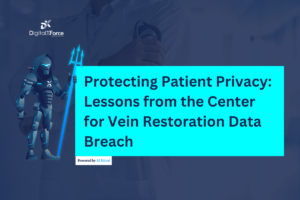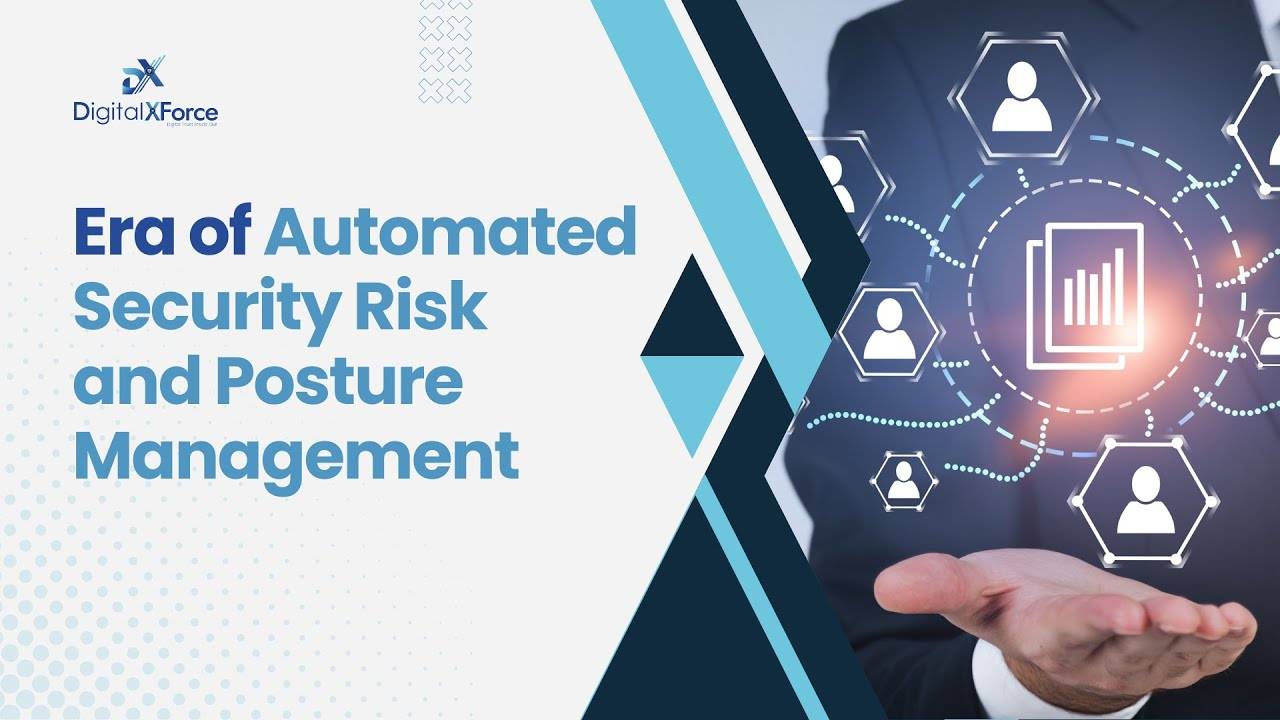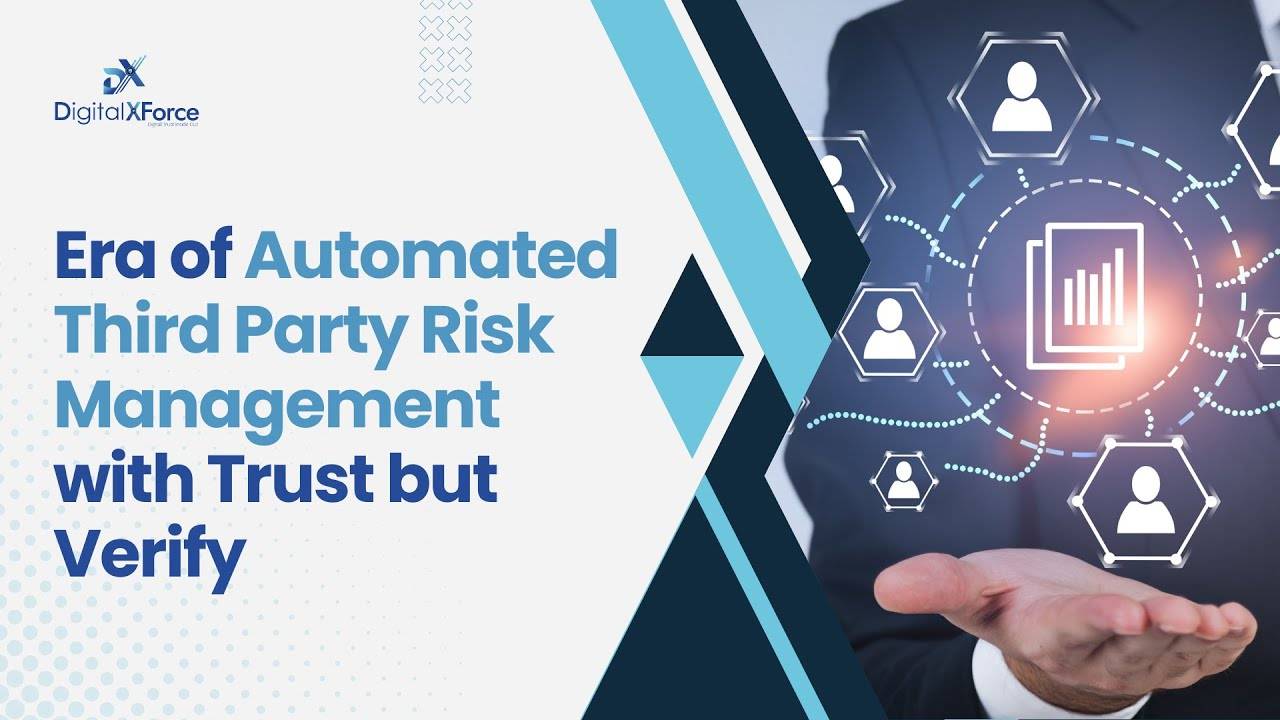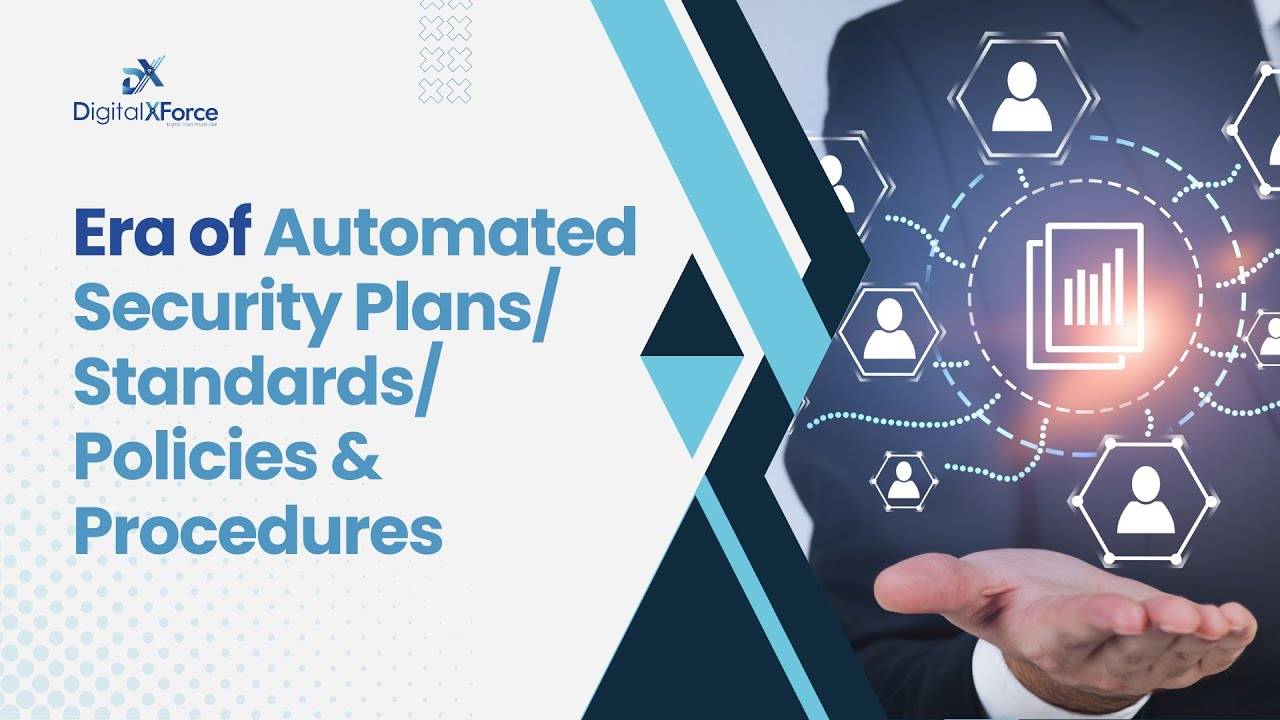
Protecting patient privacy is crucial in an era where digital transformation is reshaping healthcare delivery. The recent catastrophic data breach at the Center for Vein Restoration (CVR) serves as a stark reminder of the vulnerabilities that plague our medical institutions.
When 445,000 patients’ most intimate details—from Social Security numbers to medical histories—are exposed to cybercriminals, it raises a critical question. Are we truly doing enough to protect those who trust us with their most sensitive information?
The Anatomy of a Healthcare Breach
The CVR incident, detected on October 6th, represents more than just another statistic in the growing ledger of healthcare breaches. It exemplifies a troubling pattern where medical facilities, despite their critical role in safeguarding patient information, become prime targets for cybercriminals. A single compromised medical record holds personal, financial, and medical data—far more valuable on the dark web than a stolen credit card number.
What makes this breach particularly concerning is its scale and scope. We’re not talking about a minor data leak; we’re discussing the compromise of nearly half a million individuals’ complete digital identities. Each exposed record represents a person – a parent, a child, a colleague – whose privacy has been violated in ways that could reverberate through their lives for years to come.
The Hidden Costs of Healthcare Breaches
While the immediate financial implications of such breaches are substantial, the true cost extends far beyond monetary losses. When privacy concerns make patients hesitant to share vital medical information, trust erodes, and the quality of care they receive is ultimately compromised.
Unlike a credit card, which can be cancelled and replaced, compromised medical histories and Social Security numbers create long-lasting exposure to identity theft and fraud. Healthcare facilities must divert resources from patient care to breach containment and remediation, potentially affecting service quality and availability.
Strengthening Healthcare’s Cyber Defense
The CVR breach highlights several critical areas where healthcare organizations must fortify their cybersecurity posture. The traditional perimeter-based security model has become obsolete in today’s interconnected healthcare environment. Organizations must adopt a zero-trust approach, treating every access request as potentially malicious, regardless of its origin. This means implementing continuous authentication and authorization while ensuring strict access controls based on the principle of least privilege.
Healthcare organizations must move beyond basic encryption requirements. End-to-end encryption for all patient data, both in transit and at rest, should become standard practice. This includes implementing strong key management practices and regularly updating encryption algorithms to stay ahead of emerging threats.
Human error remains a significant vulnerability in healthcare cybersecurity. Regular security training, paired with practical exercises and clear incident response plans, fosters a culture of security awareness across the organization.
Lessons from the CVR Incident
The CVR breach offers crucial lessons for healthcare organizations. The fact that the breach was “detected” implies a reactive rather than proactive stance. Healthcare organizations must adopt real-time network monitoring and advanced threat detection, supported by regular security audits and ongoing vulnerability assessments.
Every healthcare organization must have a well-documented and regularly tested incident response plan. This should define clear roles, responsibilities, communication protocols, data backup, recovery procedures, and ensure compliance with regulatory requirements.
Healthcare providers must also extend their security considerations to their entire supply chain. This involves regular vendor security assessments, clear security requirements in contracts, continuous monitoring of third-party access, and periodic reviews of vendor privileges.
The Path Forward
As we reflect on the CVR breach, it’s clear that the healthcare sector must evolve its approach to cybersecurity. This evolution requires significant investment in advanced technologies, including AI-powered threat detection systems and automated security response capabilities. Organizations should also focus on implementing advanced authentication technologies and secure cloud infrastructure.
While HIPAA provides a baseline for compliance, organizations should strive to exceed these minimum requirements. Adopting additional security frameworks, updating policies regularly, and conducting thorough compliance audits should be standard practice, not exceptional measures.
Industry collaboration plays a crucial role in strengthening overall security posture. Healthcare organizations should actively share threat intelligence, participate in industry security forums, and support cybersecurity research initiatives. By working together, the industry can better prepare for and respond to emerging threats.
A Call to Action
The CVR breach should serve as a wake-up call for the entire healthcare industry. As cyber threats evolve and become more sophisticated, our defense strategies must adapt accordingly. Healthcare organizations must view cybersecurity not as an IT expense but as a fundamental component of patient care.
We must ask these questions:
- What would happen if our organization experienced a similar breach?
- Are our current security measures sufficient?
- Have we truly done everything possible to protect our patients’ data?
The time to act is now. Every day we delay implementing robust cybersecurity measures is another day we risk exposing our patients’ most sensitive information. In an age where digital health records are the norm, protecting patient privacy isn’t just a regulatory requirement – it’s a fundamental obligation to those who trust us with their care.
Let the CVR breach be the catalyst for change in your organization. After all, the next breach isn’t a matter of if, but when. The only question is: Will you be ready?



